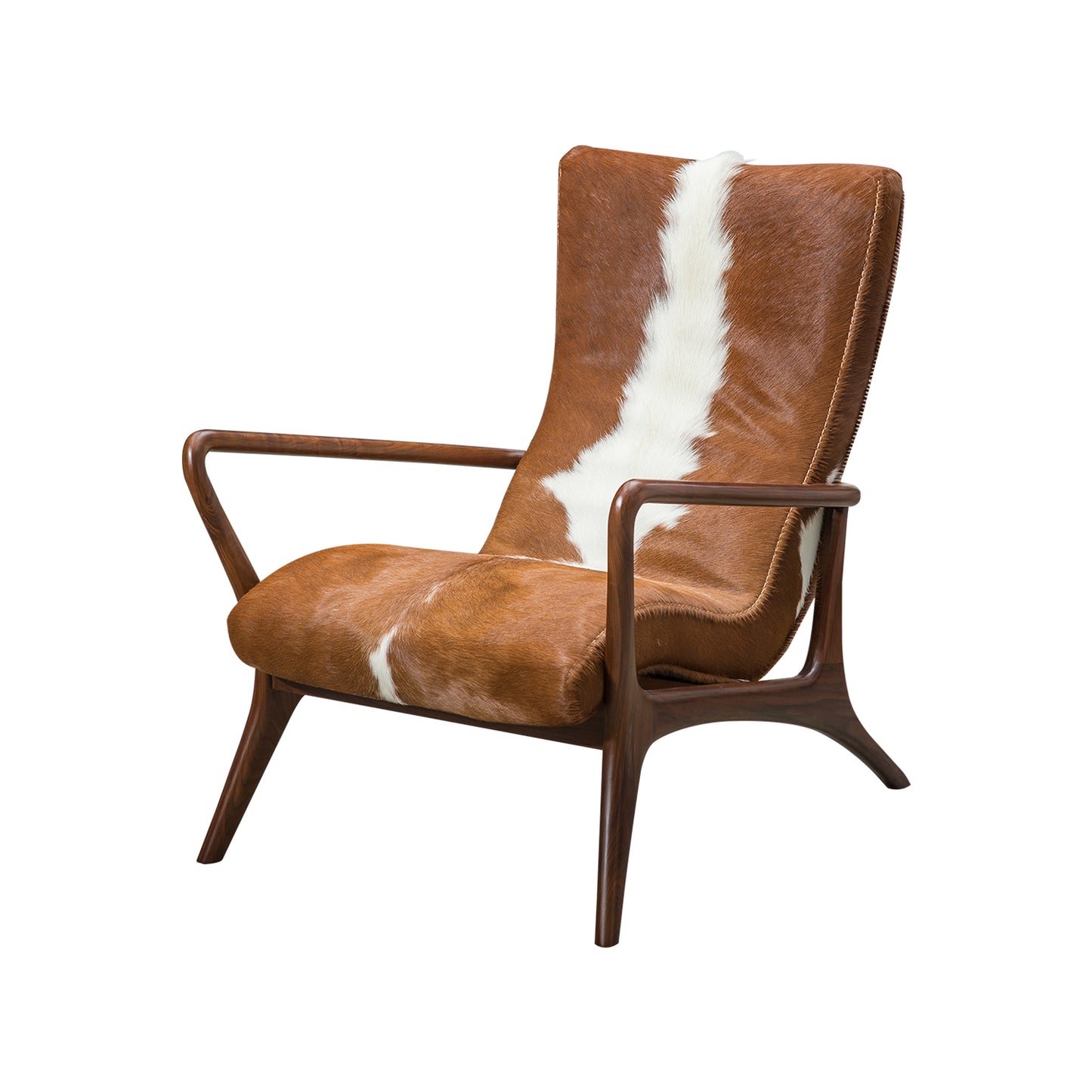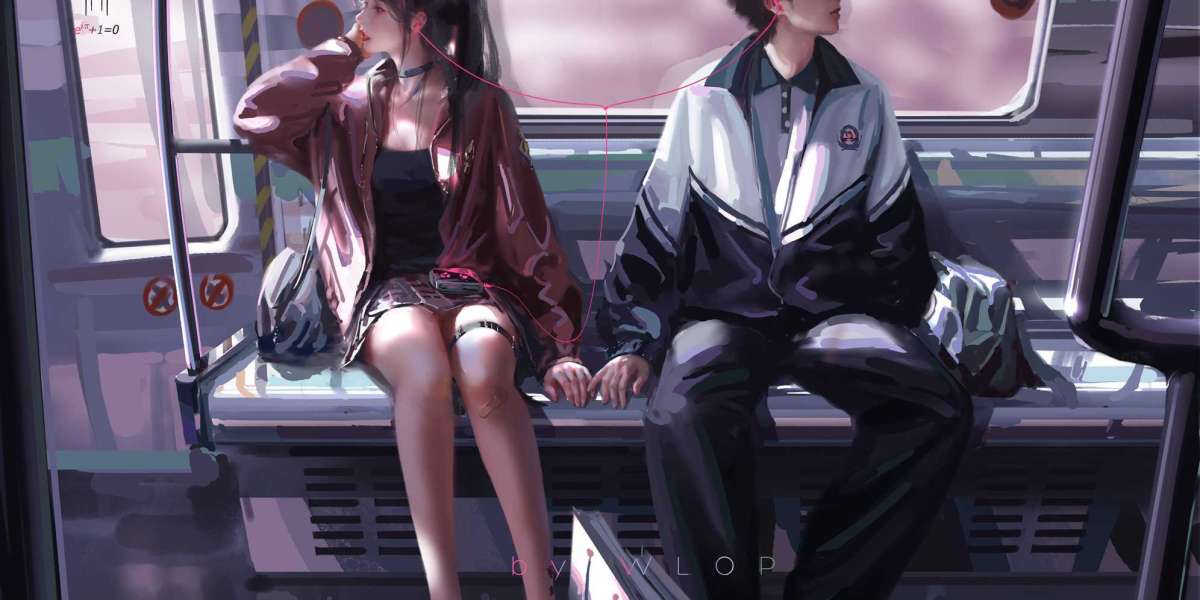The chair is more than just a piece of furniture; it is a reflection of cultural values, technological advancements, and artistic expression. Over the centuries, chair design has undergone significant transformations, adapting to the needs and preferences of society. This article delves into the fascinating evolution of chair design, exploring its journey from traditional craftsmanship to contemporary innovation.

Traditional Chair Designs
Historically, chairs were symbols of status and power. In many cultures, the design of a chair indicated the rank of its owner. For instance, the ornate thrones of royalty contrasted sharply with the simpler stools used by common folk. Traditional chairs often featured intricate carvings and were constructed from durable materials such as wood. These designs not only served functional purposes but also conveyed messages about the social hierarchy.
- Materials: Wood, leather, and textiles were commonly used.
- Styles: Baroque, Victorian, and Arts and Crafts movements influenced traditional designs.
- Functionality: Chairs were designed for specific purposes, such as dining, lounging, or ceremonial use.
Transition to Modern Aesthetics
As society progressed into the 20th century, the chair began to reflect modern aesthetics. The Industrial Revolution introduced new materials and manufacturing techniques, allowing for mass production. This shift enabled designers to experiment with form and function, leading to the creation of iconic pieces such as the Eames Lounge Chair and the Barcelona Chair.
Modern chairs often prioritise minimalism and functionality. They are designed to be versatile, catering to various environments, from homes to offices. But what defines a modern chair? It is characterised by:
- Simplicity: Clean lines and uncluttered designs.
- Innovative Materials: Use of plastics, metals, and sustainable resources.
- Ergonomics: Focus on comfort and support for the human body.
The Role of Technology in Chair Design
In recent years, technology has played a pivotal role in the evolution of chair design. Advances in computer-aided design (CAD) have allowed designers to create intricate shapes and structures that were previously impossible. Additionally, the rise of 3D printing has revolutionised the way chairs are manufactured, enabling customisation and reducing waste.
Moreover, smart technology has begun to infiltrate the world of furniture. Imagine a chair that adjusts its shape based on your posture or one that integrates charging ports for your devices. The future of chair design is not only about aesthetics but also about enhancing user experience.
Conclusion: The Future of Chair Design
As we look to the future, the chair will undoubtedly continue to evolve. With a growing emphasis on sustainability and wellness, designers are challenged to create pieces that are not only visually appealing but also environmentally friendly. The journey of the chair from traditional craftsmanship to modern innovation exemplifies the dynamic nature of design. Will the next generation of chairs redefine our understanding of comfort and style? Only time will tell.






